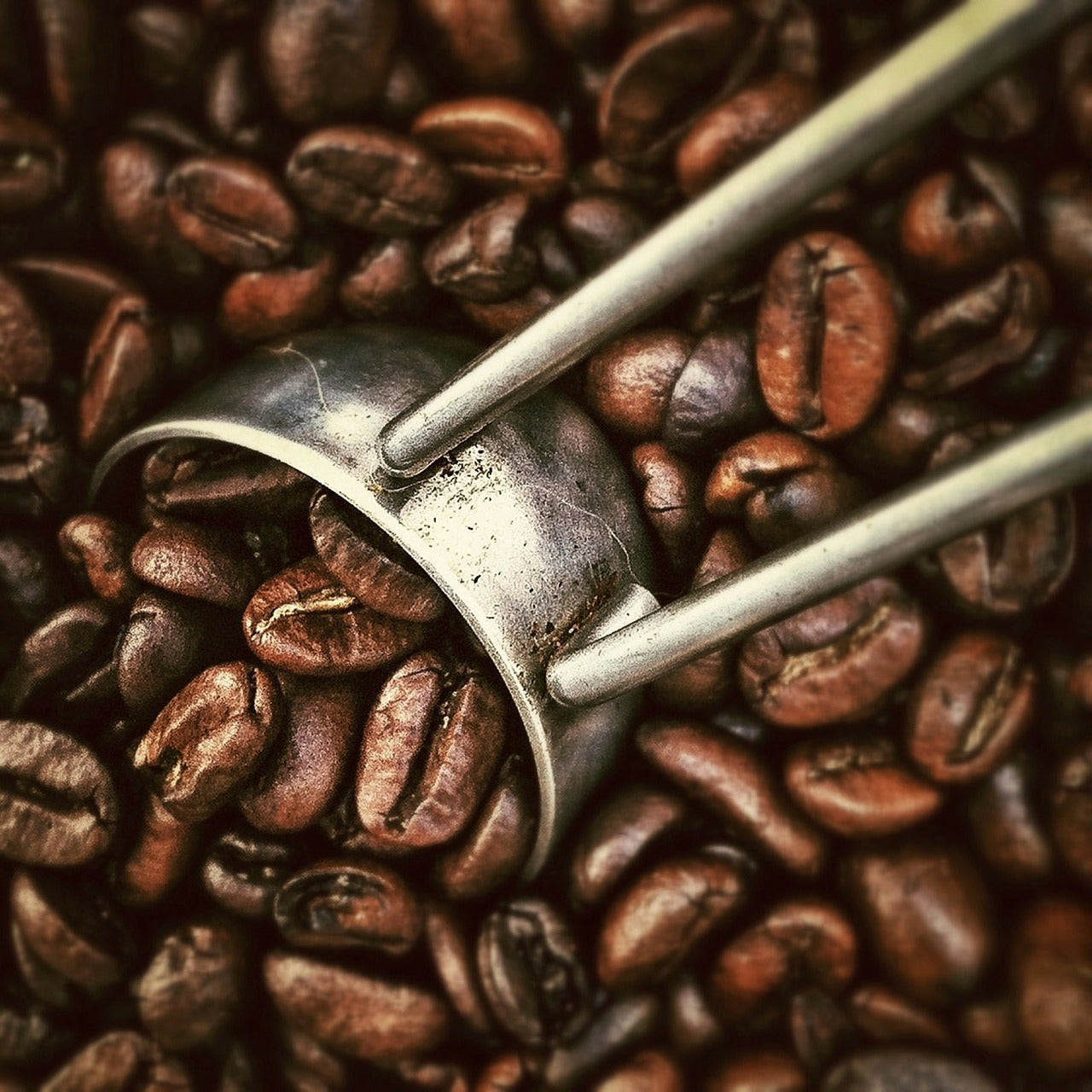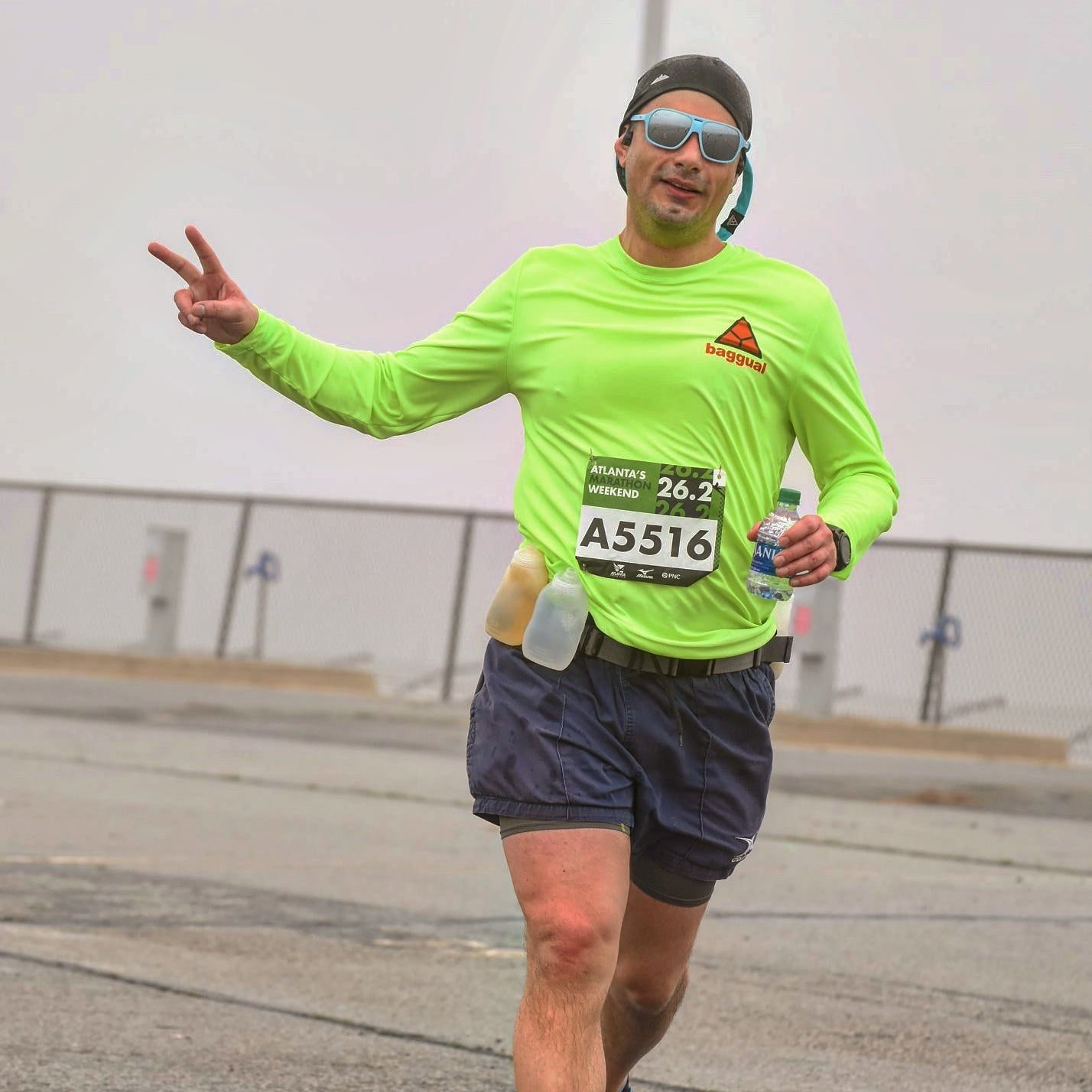Long overdue promise… I have been mentioning for a while about writing and investigating about running socks. I should admit that in my short runs love the cotton socks, but when going beyond 8 miles I like to run with proper running socks. Or at least ones that I tried and liked them a lot. And after creating this, I am throwing away all my cotton socks.
Going back to business, I always read the same about socks manufacturers… “running with a good pair of shoes and bad socks is like buying the fresh, highest quality ingredients for the best ever meal, and throw ketchup on top of it”… well there are people that love ketchup…
Most of the times we read and hear about running-specific socks are designed to reduce blisters, wick moisture, and keep out feet more comfortable.
But before we go into the details, we need to know also when to toss them… Your socks should always mold to the contours of the foot. If this happens, the sock no longer offers protection and function it was designed for, so time to get a new pair.

Materials:
Synthetic fibers: being short, designed to pull moisture away from your feet.
Merino wool: Breathable fibers, moisture wicking and regulates temperature (either on winter or summer)
Cotton: Say not to them, it is spongy and adsorbent, which means wet feet. Ideal to grow bacteria, but the worst to generate blisters.
Size:
Thickness: This is a personal preference, just be aware that the sock thickness can affect the responsiveness of your running shoes, so make sure to try them on together before buying.
Size: As a rule of thumb, avoid socks that bunch up and slip your shoes. Avoid something rubbing against your skin while running…
Specs / Specials:
Cushioning: Running socks offer different thickness of localized padding at the toe and heel for added cushion and underfoot protection from blisters.
Mesh ventilation: Ventilation zones are built into the sock to breathe where needed while still protecting in high-wear areas.
Seamless toes: this is a big one, designed to prevent uncomfortable bunching or rubbing at the end of the toes.
Separated toes: Ideal for those who are prone to blisters between toes. The first time is weird and might be a little uncomfortable, but after a couple of strikes, they feel great.
Two layers: Sometimes socks are made of different material layers, to prevent blisters. Allowing the friction between the layers instead of your skin (never tried those)
Compression: Some socks feature some level of compression. On top to provide a snug fit and minimize the socks moving around, increasing the compression can aid circulation as well.
Anatomical feet: Some socks are designed for right and left feet; it provides a little bit better fit and gives a better support to each individual foot.
Length: mini crew, crew, long… whatever you like the most. This is 100% on your preferences.
To Conclude
The right running sock is a personal preference. Just keep in mind the 5 sock buying hints and experiment.
Sock-buying hints:
- Stay away from 100 percent cotton socks. Instead, choose socks with a blend a blend of synthetic fibers.
- Be on the alert for toe seams. A poorly placed seam can cause blisters
- Decide whether you prefer thin or thicker socks.
- Look for socks that have a tighter weave in the midfoot area. This prevents the socks from slipping in the running shoes.
- Fit the socks to your shoes.
Leave a comment
Comments will be approved before showing up.









